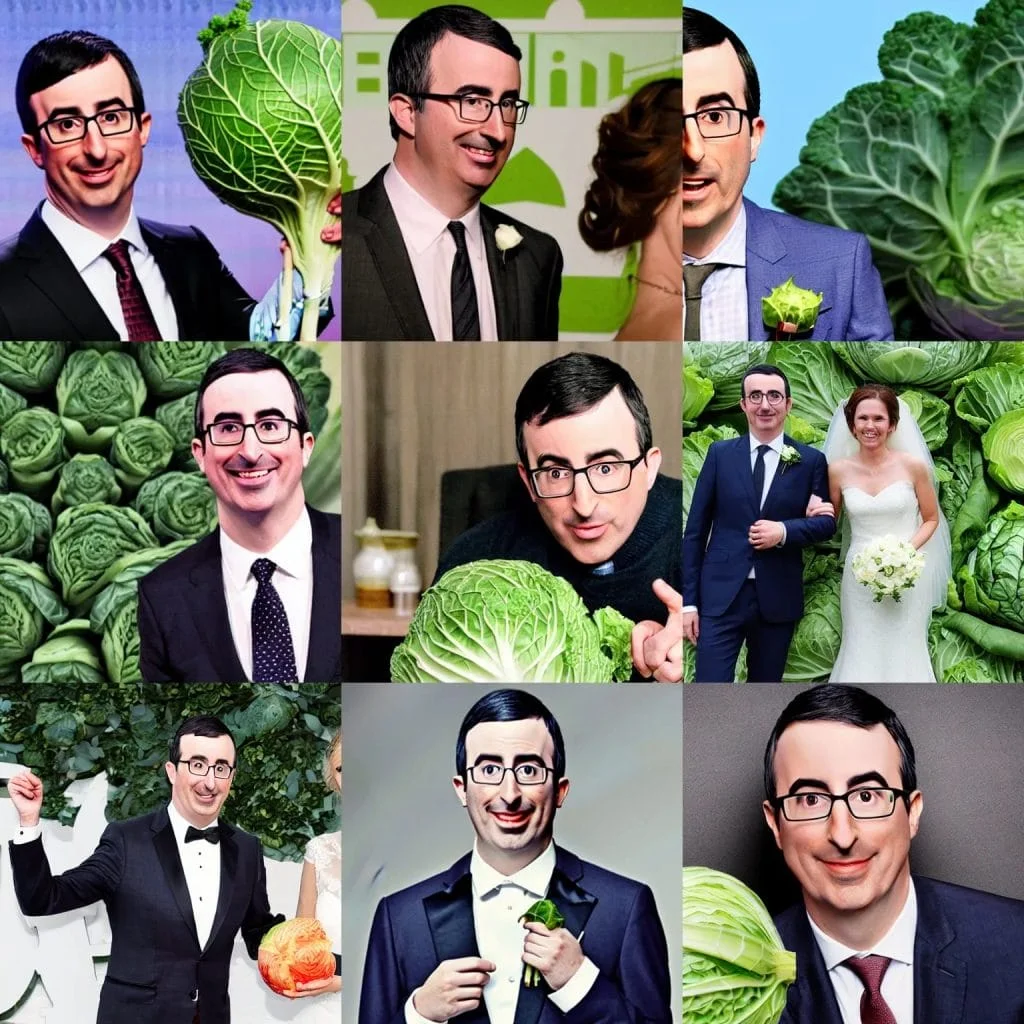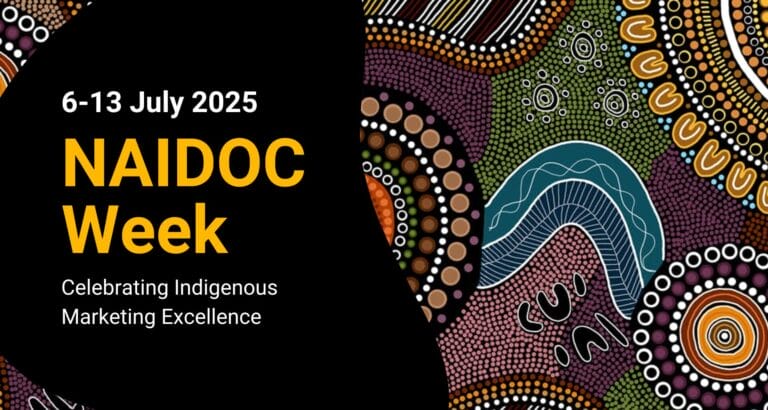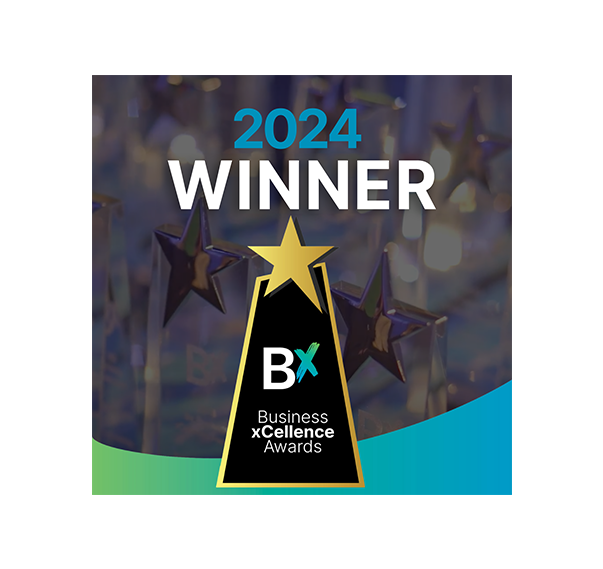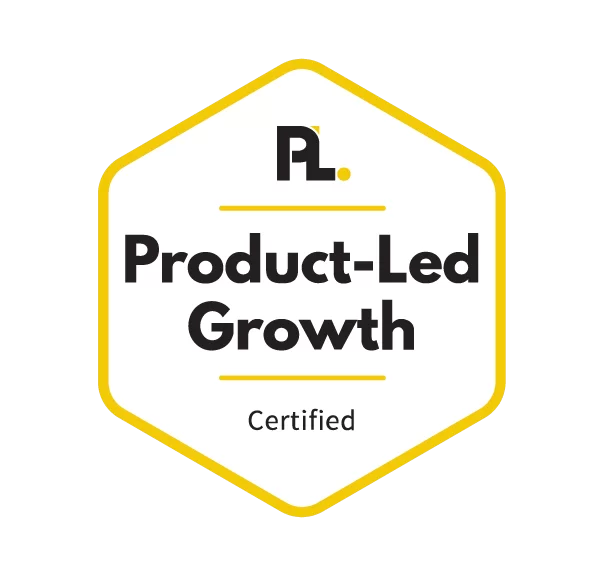
In recent months on websites, blog posts and social media marketing posts, we have seen a few “wacky” stories in the headlines, from late-night talk show host John Oliver’s marriage to a head of cabbage to local Australian headliners receiving “cosmetic upgrades” for media publication, such as Animal Justice Party MP Georgie Purcell. While some simply do it to have a laugh, for others, this can cause great offence, leading to defamation lawsuits and other unforeseen consequences in digital marketing.
So What Sparked This Conversation Lately?

If you weren’t switched onto social media this past week or so, you might have missed the story about Channel 9 News in Australia airing a doctored photo of the Animal Justice Party MP Georgie Purcell on their news platform. The image was identified as having been cosmetically altered without the MP’s express permission to do so, notably, the enhancement of her chest, the touch up of her make up and the alteration of the white dress from a one piece to a midriff showing two-piece. This has reportedly caused great distress to the MP who has since raised awareness to the issue, leading to Channel 9 reportedly apologising for the publication of the edited photo.
An issue raised by the Marketing and Graphic Design community is Channel 9’s claim that the photoshopping was an automatic edit made by the program Adobe Photoshop without their knowledge before airing. This has caused a fair amount of confusion online as to how AI Image generation programs work and how, when and why they should be used.
Both parties are currently still investigating the situation regarding the edited image of MP Georgie Purell. In the meantime, we would like to take this opportunity to discuss obligations around AI image generation in the scope of media marketing, and shine a light on AI image generation and how we see AI Image generation used in an ethical way.
What Is An AI Image And Where Is It Commonly Used?

AI Image generation software can be found online and in your image editing software such as Adobe Photoshop or Canva Pro. Often it is used as a timesaving measure for graphic designers but also for the individual looking to create unique images without the necessary digital editing skills.
For many this is a great tool for meeting deadlines or generating quick mockups of what your client is asking for, when they can’t articulate what exactly they want, (it happens more than you think). Others can see it as a way to bypass hiring a graphic designer or marketing specialist to save costs and seek a little more independence in their business. Both are very practical reasons to use AI and in fact, what it was originally designed for.
How Do You Use AI Image Generation Software?
AI image generation is nothing more than a sophisticated program, it requires an articulated prompt from the user to instruct the program on what algorithm you require. It can not automatically edit an image on its own. An example may be “change the colour of the shirt from green to blue” or “change the scene from daytime to night nighttime”. The AI software will use preset functions in the AI’s library to then create new versions of the image to your specifications, often using stock images in its database or pre-programmed filters to manipulate the image.
Now as the technology is still in its early days, the ability to manipulate images is glitchy at best, and may not always generate a usable image to your exact specifications. This is why it can take a few attempts to generate an image that is fit for purpose.
Another algorithm that AI image generation software uses is pixel manipulation. This is where you can adjust shadows and yes, even apply cosmetic changes to an individual in an image, such as, making hair look tidy, fixing skin complexion, enhancing or reducing bodily shapes or just removing a scar or undesirable blemish. This is where AI image generation gets tricky and starts you down that dark rabbit hole of ethical image generation and representation in the media.

AI Image Generation In The Marketing And Media Landscape
In Australia, we have a number of legal avenues to follow when it comes to publication of images online or in media. These laws are to enforce the ethical use of image publication that minimises emotional and reputation damage caused and the occurrence of copyright infringement and defamation lawsuits.
The Australian Consumer Law Section 18 and 29 of the State Fair Trading Act.
This act prohibits the misleading or deceiving use of an image for commercial uses. One example of misleading or deceiving is to photoshop your product into an image without the person’s permission, this can be seen with celebrities who endorse one popular brand or align themselves with certain products. An example would be photoshopping a competitor’s product into an influencer’s hand, implying that they use or endorse the product.
This particular law does however exclude the act of satire or parody. This is where a comedian or talk show may photoshop a product or person for the purpose of humour or simply making a profound point. In this situation it is up to the comedian or talk show producers to prove that the image can only be interpreted as “not real” or “funny”. This of course must be done in good taste and not in a way that defames the person or brand used in the image.
Australian Uniform Defamation Law Amended 2021 Act
In Australia, defamation laws prohibit the manipulation and publication of an image that can be seen to cause harm to someone’s reputation, career or lifestyle in a way that is irreversible or causes significant damages. Australia’s defamation laws compared to other countries are considered “strong” and “restrictive” as cases of defamation can also include “cosmetic” touch ups and any additional photoshops beyond basic touch ups such as sharpening, lightening, exposure and blurring.
What Are The Best Practices Around AI Image Generation And Their Use
For us at Ignite Search, we do not shy away from a parody post or a laugh, especially from a client. However, we always consider the risks involved and advocate for “natural is best” when it comes to using AI image generation and photoshopping an image for the sake of branding strategies, social media marketing, content marketing and more.
As a marketing agency with knowledge of current Australian laws regarding copyright infringement and defamation, we recommend that you seek professional legal consultation around mitigating the risks of potential lawsuits and fines.
If you are looking for marketing advice around AI images, we are more than able to assist with your needs.
For your social media strategy, content marketing strategy, branding development or website design please feel free to contact us at Ignite Search for a free quote or a chat. Or you can browse our blog for other insightful posts about best practices for marketing and social media.
Disclaimer:
The information contained on this site is intended only to provide a general overview of matters of interest, and should not be, under any and all circumstances, taken as legal counsel.
Professional advice should be obtained from a legal practitioner before taking any action in relation to any of the information contained on this site. No person should act, or refrain from acting, solely on the basis of the material contained on this website.
The views and opinions expressed by Ignite Search are not those of the parties involved and do not necessarily reflect the official policy or position of The Australian Government. Any content provided by our bloggers or authors are of their opinion and are not intended to malign any religion, ethnic group, club, organisation, company, individual or anyone or anything.










